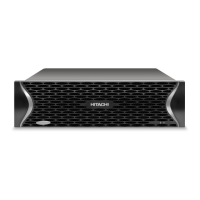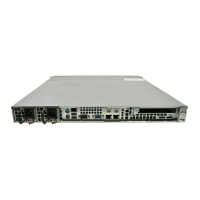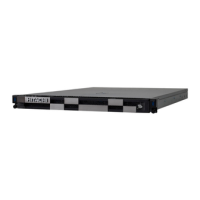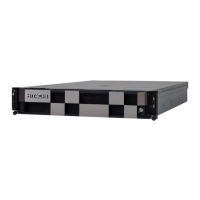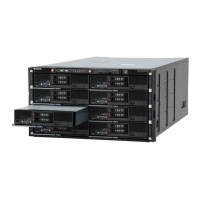CM: Displays the copy mode N: Non Snapshot S: Snapshot. For SMPL state,
this shows that pair-volume will be created as Copy-on-Write Snapshot. C:
Volume Migration
EM: Displays the external connection mode H: Mapped E-lun as hidden from
the host. V: Mapped E-lun as visible to the host ' - ': Unmapped to the E-lun
BH: Mapped E-lun as hidden from the host, but LDEV blockading. BV:
Mapped E-lun as visible to the host, but LDEV blockading B: Unmapped to the
E-lun, but LDEV blockading
E-Seq#: Displays the production (serial) number of the external LUN.
Unknown is shown as '-'.
E-LDEV#: Displays the LDEV# of the external LUN. 'Unknown' is shown as
'-'.
(4) Command for discovering an external volume via the device file
It is possible to discover the external volumes by using the inqraid
command.
Example in Linux:
# ls /dev/sd* |./inqraid -CLI
DEVICE_FILE PORT SERIAL LDEV CTG H/M/12 SSID
R:Group PRODUCT_ID
sdh CL2-G 63528 15360 - s/s/ss 0100
5:01-09 OPEN-V
sdu CL2-G 63528 2755 - s/s/ss 000B S:
00001 OPEN-0V
sdv CL2-G 63528 2768 - s/s/ss 000B U:
00000 OPEN-0V
sdw CL2-G 63528 2769 - s/s/ss 000B E:
16384 OPEN-V
• R:Group: This displays the physical position of an LDEV according to
mapping of LDEV in the RAID storage system.
LDEV mapping R: Group
RAID Group RAID Level
1: RAID1
5: RAID5
6: RAID6
RAID Group number - Sub number
Copy-on-Write Snapshot S-VOL S PoolID number
Unmapped U 00000
External LUN E External Group number
Example in Linux:
# ls /dev/sd* |./inqraid
/dev/sdh -> CHNO = 0 TID = 1 LUN = 1
[SQ] CL2-G Ser = 63528 LDEV =15360 [HITACHI ]
[OPEN-V ]
HORC = SMPL HOMRCF[MU#0 = SMPL MU#1 = SMPL MU#2 =
SMPL]
RAID5[Group 1- 9] SSID = 0x0100
Data replication operations with CCI
6-41
Command Control Interface User and Reference Guide
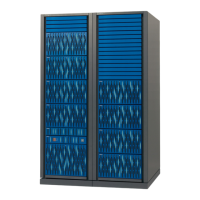
